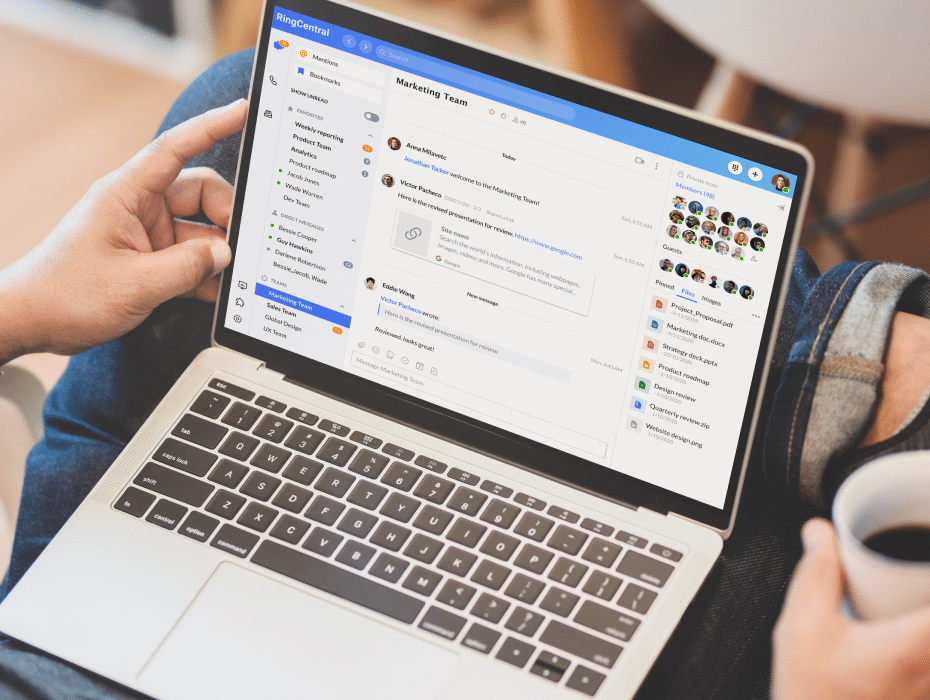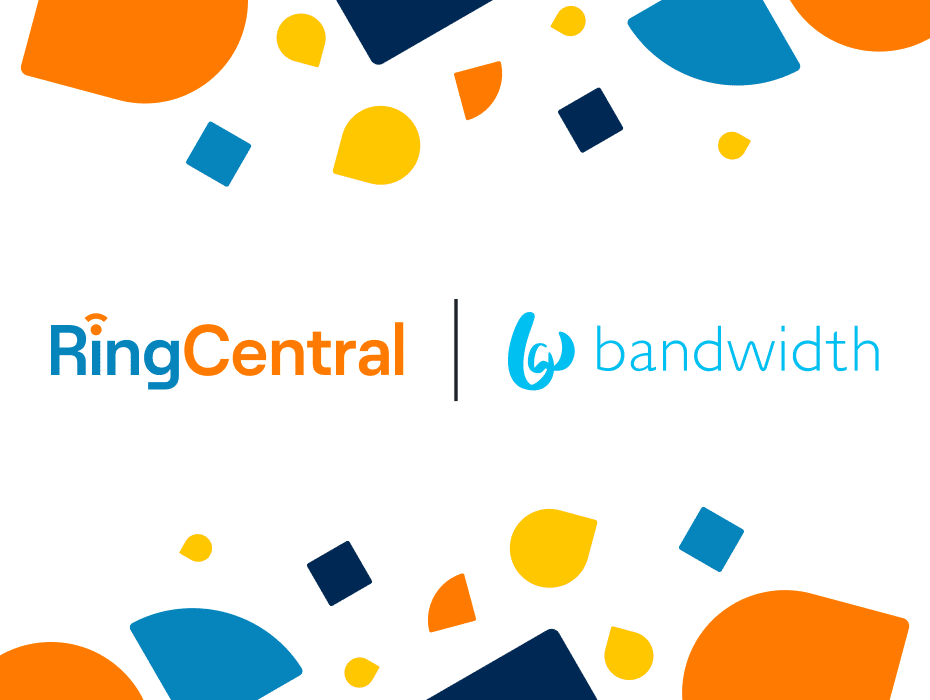- By Praveen Mamnani, VP of Product Management, Enterprise
There’s a lot of talk about how remote work improved both our personal and professional lives. After all, working from home gave us an unprecedented opportunity to balance our jobs with other important things: our chores, our health, and our families.
But at my previous job, that wasn’t always the case. We had several hurdles that impacted how productive our teams were. I’ll give an example:
Before joining RingCentral, I was always tied to my home desk
One morning last year, right before I stepped out of my house for my early morning jog, I got a text from the customer success team asking if I’d checked my email. It read, “Did you check your email – subject: customer escalation.”
Naively, I thought it was nothing a quick email couldn’t solve. I logged in to my email client from my phone to check. And there it was—25 messages in my inbox. In fact, it was a single thread 15 levels deep describing the customer’s issue.
So we scheduled a meeting for 7 a.m. I spent a solid 30 minutes combing through my emails and Slack messages, switching back and forth to dissect the customer’s issue. Couldn’t do my morning jog or make lunch for my kids. In a nutshell, that was one of the many times I felt locked to my desk—no mobility or freedom in how I worked.
“Working from home gave us an unprecedented opportunity to balance our jobs with other important things: our chores, our health, and our families.”
You might be thinking, but that’s normal, right? Emergencies are just a normal part of your job expectations—and you sometimes have to be online at odd hours. While that’s true in many ways, digging for the right information shouldn’t take so long. And here’s where I get to the main point of this blog: the jumble of Slack messages, emails, and Zoom invites only added to the confusion.
After joining RingCentral in April 2021 and using RingCentral MVP™, finding and co-relating information across multiple apps has been crystal clear. Why? Because every form of communication lives together in a single app. My messages, phone calls, and video meetings are all just a click away from each other.
But it’s more than saving just a few clicks. Here’s how a unified platform really makes my job easier:
1. Significantly fewer emails
The emails at my last company were never-ending. Sure, some of those were necessary, but having to manage Zoom meetings from my inbox—for example, digging around to find the invite link or password—turned emails into even more of a hassle.
When I joined RingCentral, there was a four-day straight period where I didn’t need to check my inbox at all. That’s because MVP allows us to handle all communications and meetings within a single client.
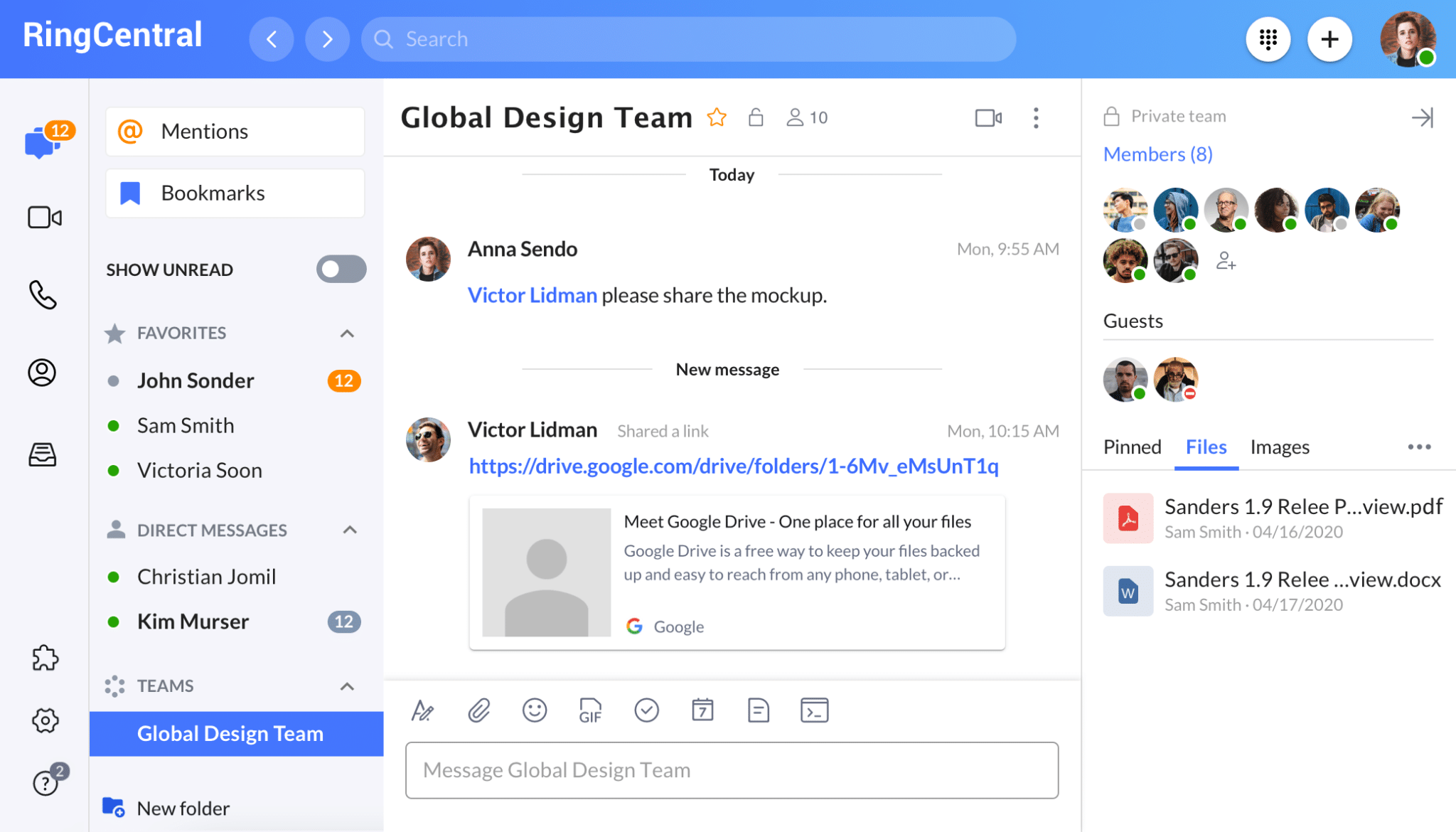
For example, meeting invites go straight to my RingCentral account. When the time comes, all I need to do is hit the join button in the desktop, mobile, or web app. I never have to even check my Outlook or Google Calendar—all of my scheduled meetings are in RingCentral. And when my meetings are back-to-back (which is often the case), not having to check my inbox 20 times an hour saves time and does a lot for my mental clarity.
2. Switch meeting devices with one click
These days, my kids are getting old enough to take care of themselves, but there were times during the pandemic where I had to jump into a meeting while helping them with something.
Luckily, that isn’t the case with RingCentral. We have an amazing feature called Call Flip, where I can switch the meeting from my desktop to my phone without missing a second of the meeting.
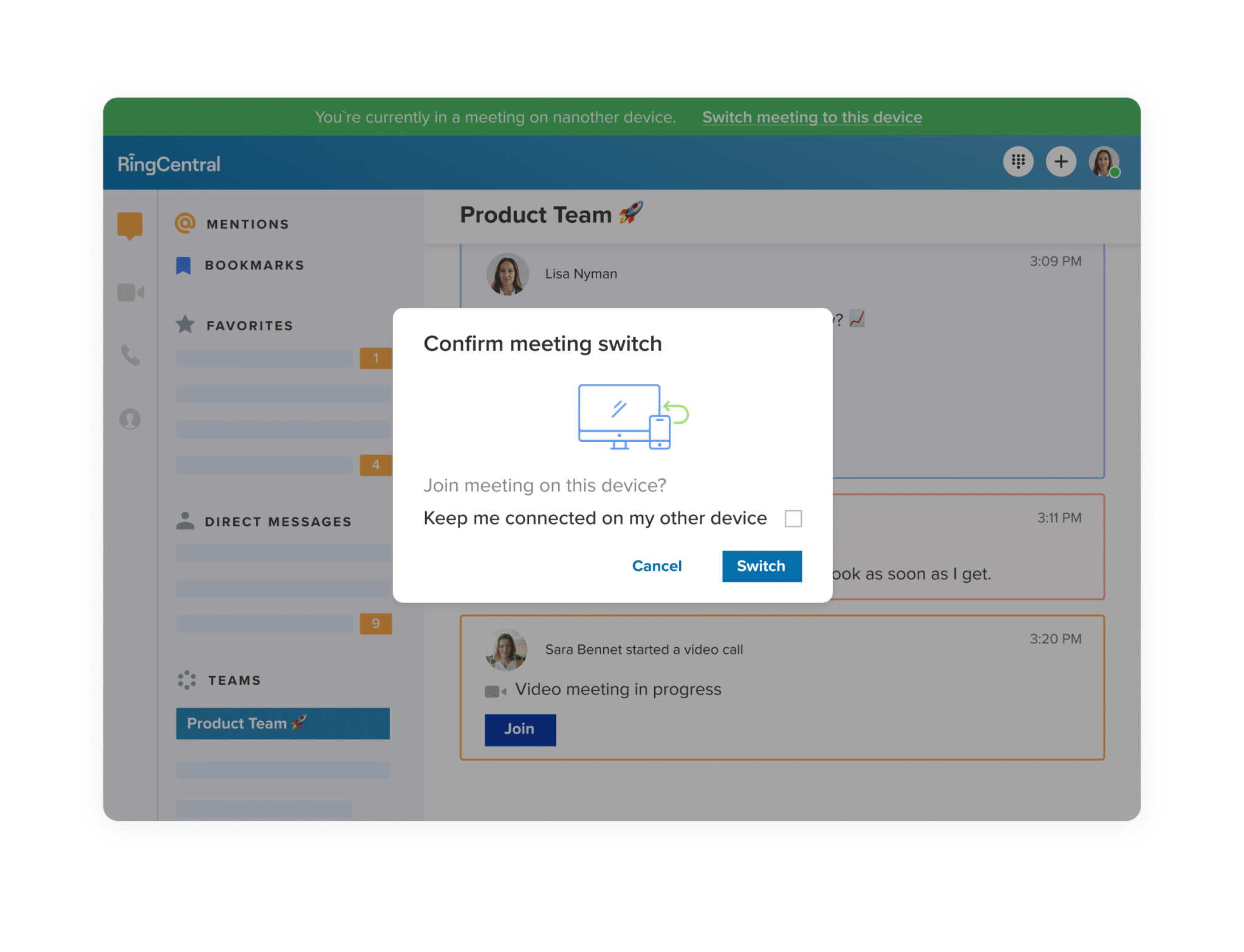
Here’s how it works: When you’re in a meeting and sign on from another device, an option to switch devices pops up. All you have to do is click the button and the meeting switches with zero interruptions.
Why does this matter? Unlike Zoom where I had to leave and rejoin the meeting, the Call Flip feature switches me from my PC to my smartphone with a single click. This is amazing for several reasons:
- I don’t miss any part of the meeting.
- Other participants never know I switched.
- I have more freedom to move anywhere—PC or smartphone.
3. Juggle two meetings at the same time
Let me start this one by saying that I don’t endorse this kind of multitasking in your meetings. My calendar has me booked in meetings back-to-back, and it’s not uncommon for some meetings to go over their time slots. So what happens if I have another important meeting to join but can’t leave the current one? I learned about a unique workaround from Prasad Raje, our Senior Vice President of Product Management.
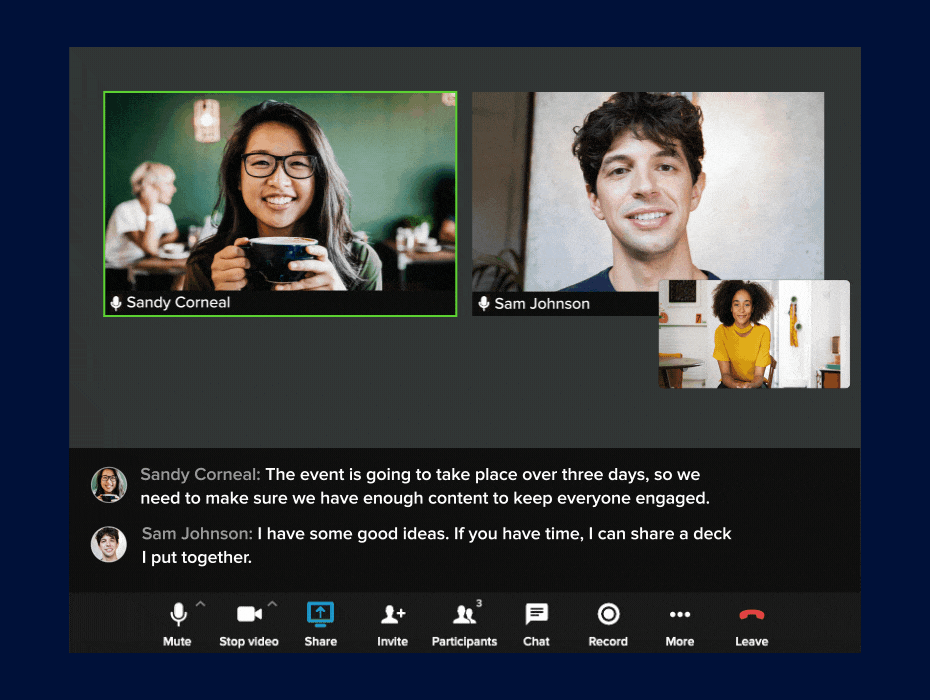
In RingCentral, the closed-captioning feature can automatically transcribe what’s being said in a meeting. This gives me the ability to listen to one meeting and read the other. When the original meeting is over, I turn on the audio for the new meeting and I’m already up to speed.
It’s sort of like watching TV while you scroll through your phone. You sacrifice some attention to both, but you get the gist of everything. Again, I don’t recommend this. It’s just another neat way RingCentral helps me juggle all of my meetings.
4. Video meetings are easier to join
At my old job, switching to video meant leaving Slack, setting up a Zoom call, finding the meeting invite in my emails, and more tedious steps that just made video meetings inconvenient. That’s because it’s not just about the time I spent switching apps, but also the headache of having different information in different apps, and not knowing exactly what’s where.
For example, say there’s a discussion in a Slack channel about an upcoming project, and that conversation turns into a scheduled meeting. I want as much context as possible before heading into that meeting. But where is it? I can’t find it in Zoom because that’s only for video meetings. This starts the journey of digging through Slack to find the right channel and context.
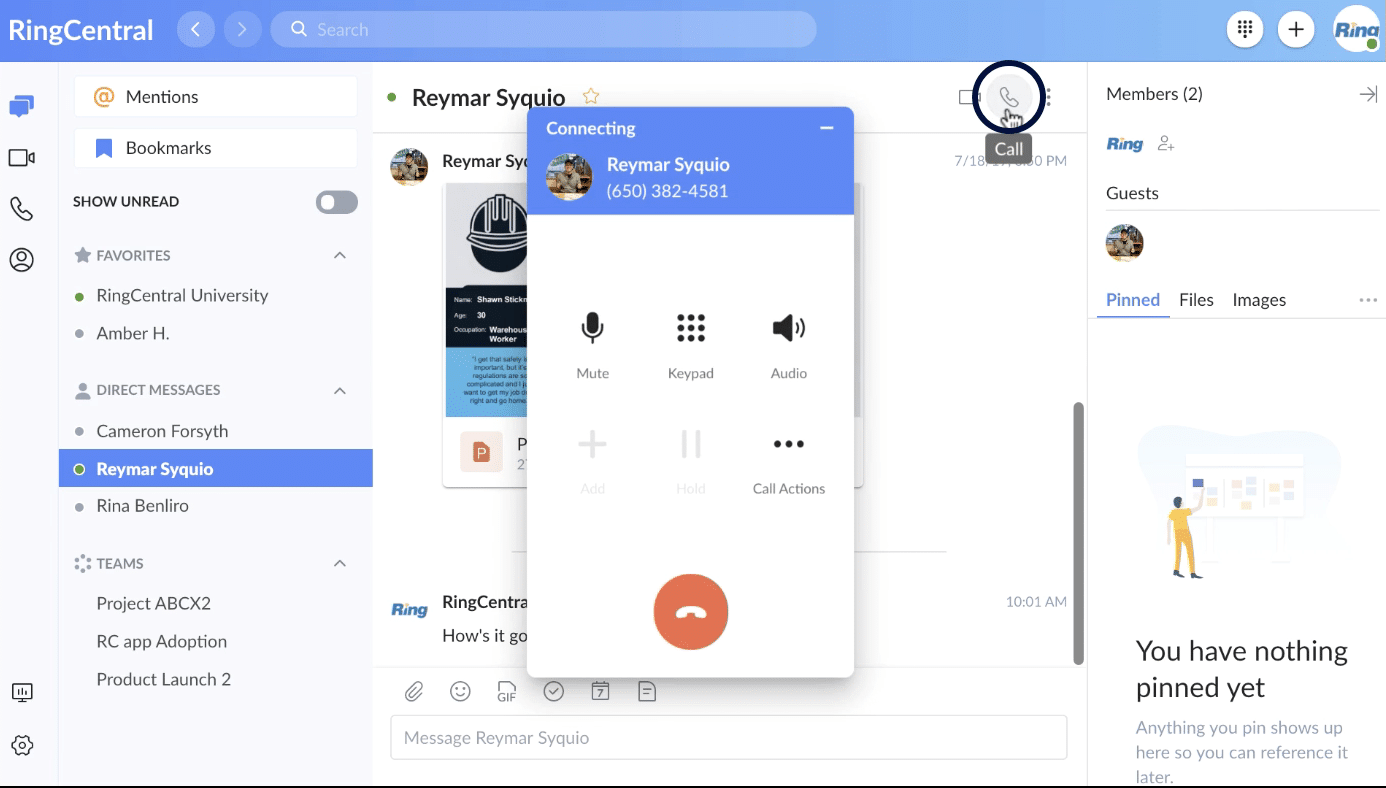
When messaging and video are integrated like RingCentral, there’s no disconnect between my communication channels. Finding the right messages, files, and links for my upcoming meeting takes just a few clicks in the RingCentral app. And if a conversation turns into an ad hoc meeting, one click is all it takes to start a call with someone. It’s really that effortless.
5. Everything in one place
If I were to sum up the biggest problem with using multiple tools, it’s that everything lives on different platforms. The idea you were pitching to a colleague a few weeks ago? Maybe it happened on Slack, or maybe it was via email. Same thing with that presentation deck you need for a client meeting. This makes for a lot of digging (and lost time doing so) and a lot of frustrations.
With RingCentral, I don’t have to dig through emails, Slack channels, and apps—everything is already in one place. Past conversations and messages, files, links—they all live within our app where they can be easily surfaced and accessed, without having to switch solutions.
Our people, our culture—there are a lot of reasons I’ve been enjoying my work at RingCentral. But the improvements our platform has made to my own work experience is a huge part of it. My key takeaway for all this: I’m never going back to endless emails and multiple apps again.
Originally published Jul 28, 2021, updated Nov 16, 2021
